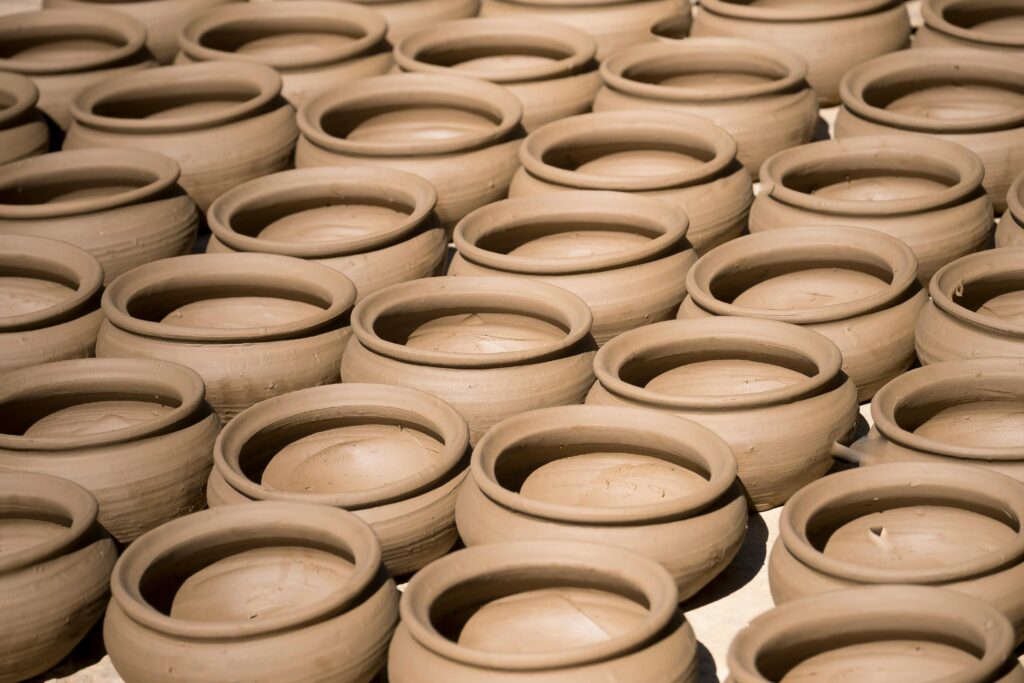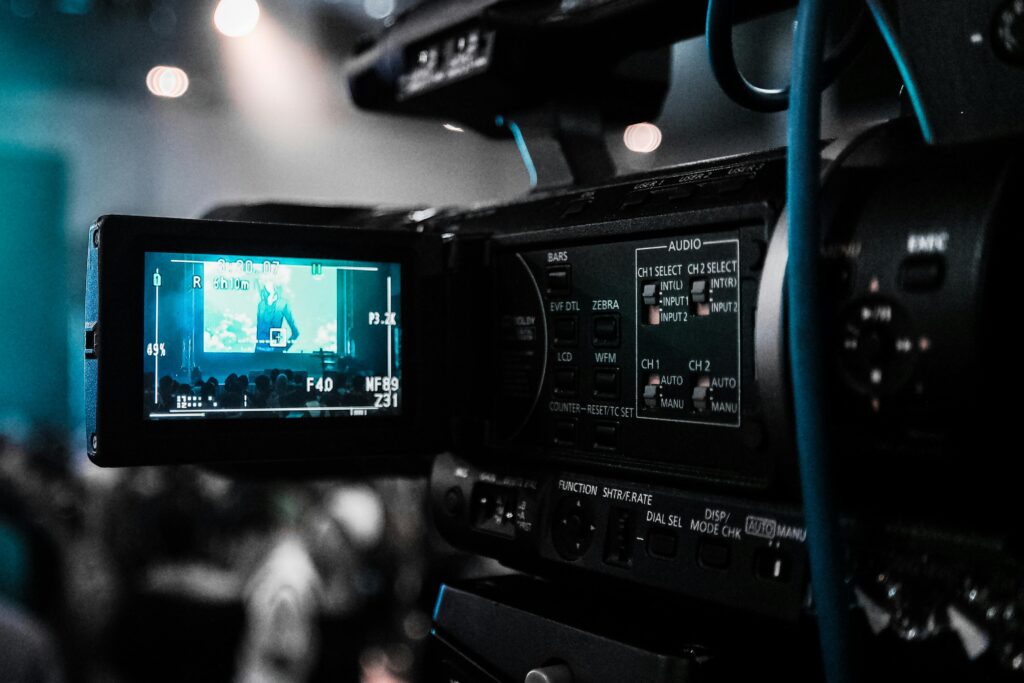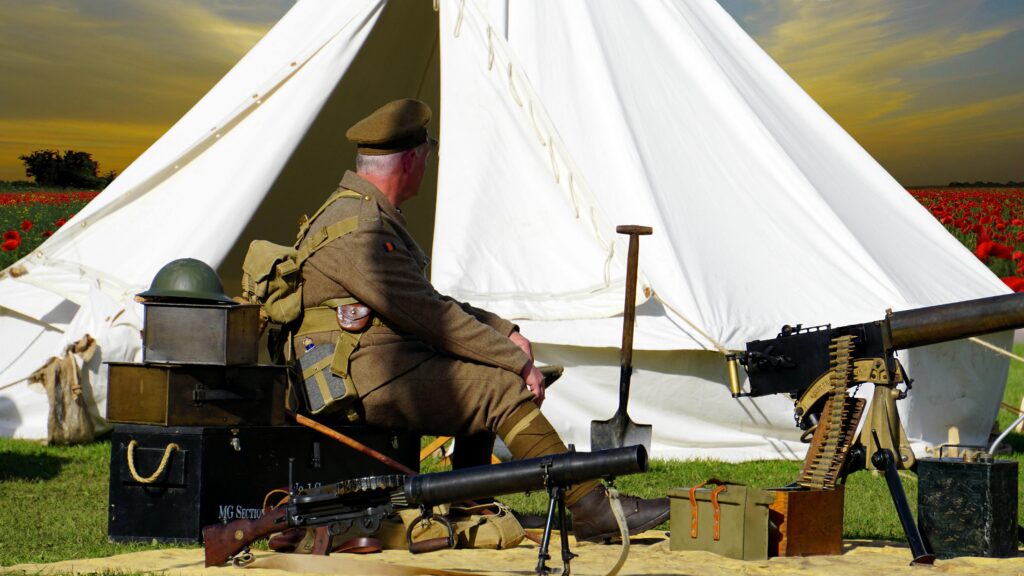Art is a universal language that transcends cultures and eras, offering a myriad of forms and styles that reflect human creativity and expression. Understanding the different types of artwork not only enriches our appreciation but also provides insight into the diverse methods artists use to convey their visions. This guide delves into various art forms, movements, and styles, offering a comprehensive overview for enthusiasts and newcomers alike.
Visual Arts: The Foundation of Artistic Expression
Visual arts encompass creations that are primarily visual in nature, including painting, sculpture, and photography. These forms have evolved over centuries, each bringing unique perspectives and techniques to the artistic landscape.
Painting: A Spectrum of Styles and Mediums
Painting is one of the oldest and most versatile art forms, utilizing mediums such as oils, acrylics, and watercolors. Artists employ various styles to convey their messages:
- Realism: Aims to depict subjects as they appear in real life, focusing on accurate representation.
- Impressionism: Captures the fleeting effects of light and color, often with visible brushstrokes.
- Abstract: Uses shapes, colors, and forms to achieve its effect without representing real-world objects.
Each style offers a different lens through which viewers can interpret the world around them.
Sculpture: Art in Three Dimensions
Sculpture involves creating three-dimensional works by shaping materials like stone, metal, or clay. This form allows artists to explore volume and space, resulting in pieces that can be experienced from multiple angles. From classical marble statues to contemporary installations, sculpture adds a tangible presence to artistic expression.
Photography: Capturing Moments in Time
Photography combines technical skill with artistic vision to capture images that tell stories or evoke emotions. It spans various genres, including portrait, landscape, and documentary photography, each offering a unique perspective on the world.
Performing Arts: Expression Through Movement and Sound
Performing arts involve live presentations to an audience, encompassing disciplines such as music, theater, and dance. These forms rely on the artist’s performance to convey meaning and emotion.
Music: The Universal Language
Music is an auditory art form that uses sound and silence to create compositions. It encompasses a vast array of genres, from classical symphonies to contemporary pop, each with its own cultural significance and emotional impact.
Theater: Storytelling on Stage
Theater combines dialogue, acting, and stagecraft to present stories in a live setting. It has evolved from ancient Greek tragedies to modern plays, reflecting societal changes and human experiences.
Dance: Movement as Expression
Dance uses bodily movements to express ideas, emotions, or tell stories. Styles range from classical ballet to hip-hop, each with distinct techniques and cultural roots.
Literary Arts: The Power of the Written Word
Literary arts involve the creation of written works, including poetry, prose, and drama. These forms use language to evoke imagery, convey emotions, and explore complex themes.
Poetry: Condensed Expression
Poetry utilizes rhythm, meter, and metaphor to convey deep emotions and ideas in a condensed form. It often challenges readers to interpret meaning beyond the literal words.
Prose: Narrative and Exposition
Prose includes novels, short stories, and essays, offering a more straightforward narrative structure. It allows for detailed character development and complex plots.
Drama: Scripts for Performance
Drama consists of written works intended for performance, blending elements of prose and poetry to create dialogues and monologues that actors bring to life on stage or screen.
Applied Arts: Functional Aesthetics
Applied arts focus on the design and decoration of functional objects, blending aesthetics with utility. This category includes fields like architecture, graphic design, and fashion.
Architecture: Designing Spaces
Architecture involves designing and constructing buildings and structures, balancing functionality, safety, and aesthetics to create spaces that serve various purposes.
Graphic Design: Visual Communication
Graphic design combines text and images to communicate messages effectively. It plays a crucial role in branding, advertising, and information dissemination.
Fashion Design: Wearable Art
Fashion design focuses on creating clothing and accessories that are both functional and expressive, reflecting cultural trends and personal identities.
Digital Arts: Creativity in the Digital Age
With technological advancements, digital arts have emerged as a prominent field, encompassing digital painting, animation, and virtual reality experiences. These forms allow for new methods of creation and distribution, expanding the boundaries of traditional art.
Digital Painting: The Virtual Canvas
Digital painting uses software and digital tools to create artworks that mimic traditional painting techniques, offering artists flexibility and new possibilities.
Animation: Bringing Images to Life
Animation involves creating sequences of images to produce the illusion of movement, used in films, games, and online media to tell stories or convey information.
Virtual Reality: Immersive Experiences
Virtual reality (VR) art creates immersive environments that users can interact with, offering a new dimension to artistic expression and audience engagement.
Art Movements: Shaping the Course of Art History
Throughout history, various art movements have emerged, each with distinct philosophies and styles that have influenced the development of art.
Renaissance: Rebirth of Classical Ideals
The Renaissance (14th to 17th centuries) marked a revival of classical learning and wisdom, emphasizing humanism, proportion, and perspective in art. Notable artists include Leonardo da Vinci and Michelangelo.
Impressionism: Capturing Light and Moment
Impressionism (late 19th century) focused on capturing the transient effects of light and color, often painting en plein air. Artists like Claude Monet and Edgar Degas are central figures of this movement.
Surrealism: Exploring the Unconscious
Surrealism (early 20th century) sought to unlock the creative potential of the unconscious mind, producing dream-like and illogical scenes. Salvador Dalí and René Magritte are prominent surrealist artists.
Common Questions About Different Types of Artwork
- What defines an art movement? An art movement is a collective term for artists who share a common style, philosophy, or goal during a specific period.
- How do art styles differ from art movements? Art styles refer to the visual characteristics of artworks, while art movements encompass the broader cultural and historical context that influences these styles.
- Can digital art be considered fine art? Yes, digital art is recognized as a legitimate form of fine art, utilizing digital technology as a medium for creative expression.
- What is the difference between applied arts and fine arts? Fine arts are created primarily for aesthetic and intellectual purposes, while applied arts focus on designing functional objects with artistic value.
- How has technology influenced modern art forms? Technology has introduced new mediums and tools, such as digital painting and virtual reality, expanding the possibilities for artistic creation and audience interaction.
Understanding the different types of artwork enhances our appreciation of human creativity and the myriad ways artists express their visions. Whether through traditional forms like painting and sculpture or modern digital creations, art continues to evolve, reflecting and shaping the world around us.


